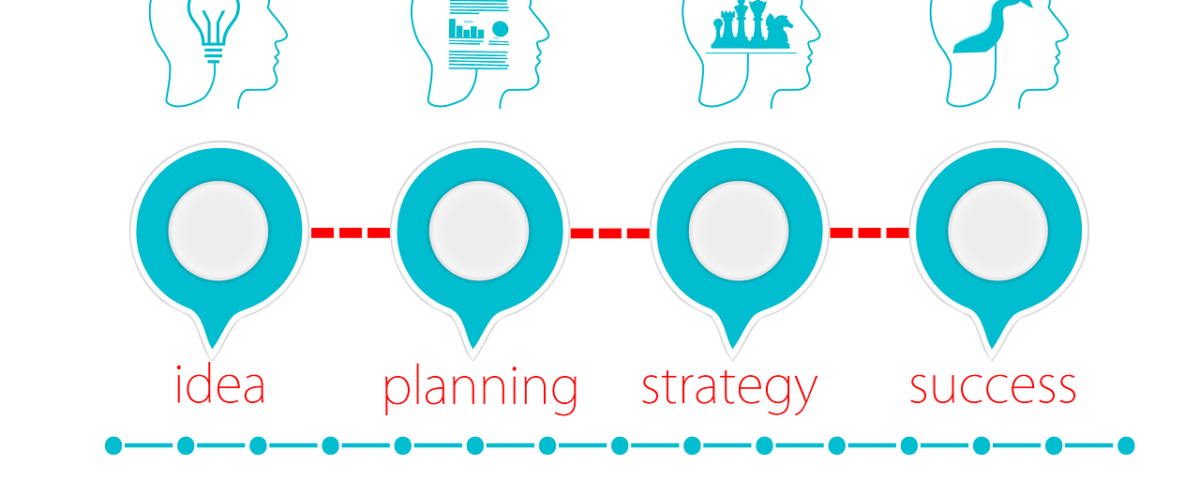APAC Search Awards Shortlisted
January 12, 2021
Hreflang’s Biggest SEO Misconceptions
May 14, 2021While using hreflang on a multinational website seems like a no brainer many are often faced with the need to convince management to allocate budget and/or developer resources for hreflang Implementation? We suggest the following steps to develop a business case for hreflang.
The purpose of any business case is to explain the need for and justify the expense of the activity by showing the current problem and the requirements and costs associated with implementing recommendations and the expected business value.
General Tips
- Keep it to 3 to 5 slides
- Keep it simple, state the facts and ask
- Minimize technical jargon and complexity – you can detail the process and all the technical elements for your implementation plan.
- Clearly demonstrate the business upside
Problem Statement
In this section, you need to break down the actual problem you are facing and how big it is.
For most managers, they are about the lost opportunity in revenue and engagement.
Also, remember that most of them won’t know what an hreflang is and why they should care so you will need to explain that to them.
An example problem statement might be something like:
Across 22 country versions of the site, 60 percent of the pages that are ranking belong to another country. Since the page presented in the Search Results is for another country, the searcher may not click to come to the site. If they do and land on the page, they encounter a different currency, expensive shipping, or a different language. Any of these can lead to lost opportunity.
The best way to show the problem is to have one of the markets send you a screen capture of the problem of a non-local page not ranking (e.g., a user in Australia seeing a page with British Pounds or a search visitor in Argentina seeing Euro for Spain vs. the Argentine Peso).
You can use Google Search Console data to help make the point as well.
In the example below, we show impressions and clicks on a global English page from markets that have their own local version of the page.
Just these four markets the global version of the page was shown more than 134,000 times and nearly 4,000 misdirected clicks.
At a 10 percent conversion rate, this is 400 potential lost sales.
Opportunity Statement
This is where you detail what would be gained if we can solve this problem.
Using the example above, we can argue that we should increase clicks and maybe capture those 400 missed sales.
I typically will build a “Missed Opportunity” model to show the potential upside from the project.
Here’s an example for a single market for a set of keywords:
You can expand this to include as much as necessary to match the scale of the resource request.
If you have made this request previously but were rejected, you could add in a “cost of indecision” element to it to show the loss of traffic and revenue from the first request until now.
We had a Business Case for HrefLang where the IT team wanted to take 90 days to evaluate options and get a scope to build it in-house. We were able to make the case for using XML sitemaps during their review process, which lasted much more than the 90 days, and generated over $20 million in incremental revenue as a result of not waiting until the completion of their review to take action.
The key elements in the chart show the following for a set of keywords:
- Search volume.
- Current traffic.
- Conversions.
- Bounce rate.
If you can set the average conversion you can estimate the value of converting those visitors rather than them leaving due to the incorrect country page.
Note: The conversions and bounce rates, in this case, are from calculated data related to the actual landing page for that keyword phrase. Clicks come from Google Search Console.
Implementation Plan
How do you plan to solve this problem?
Explain how you will deploy your pilot or actual plan including:
- The general process.
- The number of countries or sections of the site.
- IT, tool, or consulting resources will you need.
No need for the minutia with most executives – you can show a pro and con of the different approaches.
It is critical that you weigh the different options against dev time, ease of update, and outcomes.
For companies with long development cycles and complex infrastructures, we typically suggest doing a smaller business unit (or two to three key same language markets) as a proof of concept before you commit the dev resources.
Many managers will go for a partial implementation vs. a larger code change and it allows you to work out the bugs.
You can use hreflang XML sitemaps for your pilot as they require the least effort by the dev team to get them in place and isn’t as much for Google to understand.
A key part of the implementation plan is how you will measure the outcome.
The KPIs for the project are relatively simple, at a minimum show an increase in local market pages represented in the market and where possible show increased traffic and conversions.
Update your rank report and use the data from your problem statement to demonstrate the success of the project.
Show the non-local pages which were replaced with those from that market and the traffic that results from them.
Budget
What is the cost for the implementation plan you proposed?
Is it a one time project, a phased approach, or just a pilot?
You can add this into the implementation plan section as part of the pro/cons section, but you need to break this out to get them to approve the budget for the project.
A key element of this section is trying to ensure there is minimal risk to the executive in allocating budget to the project which is why a pilot of proof of concept is better than the full implementation.
As with any development project, assume that it will take twice and long and cost twice as much so ensure you at least estimate some level or overage.
The costs vary depending on the size and complexity of your site and the approach you take.
Adding hreflang to HTTP headers and head tags is the most complex and requires various levels of IT support.
We have seen full-scale implementation quotes to integrate into custom CMS solutions over $100,000 and $20,000 for Adobe Experience Manager integration.
Smaller sites, especially those on WordPress or Drupal, can use some scripts or plugins. This can work for the most part, unless you have complex URL structures.
The XML sitemap approach can be equally complex for large sites on varied domain structures and even more complex for those with localized URLs.
While I am biased to this method, it is – in the long run – the most scalable and easy to manage and doesn’t add any weight to the pages.
Depending on the scale of the implementation you need to budget for debugging, monitoring, and fixing any errors that Google detects.
Next Steps
This is where you explicitly state what you want the executive to do for you.
Make it your assumptive close that if they accept the budget and the implementation plan you need them to take the following action.
I tend to give them specific tasks from approving the budget to sending the email to the dev team requesting their support. Try to make this as concrete as possible so they can use it as their own task list.
In my experience the better you detail the ask to the executive team as well as the increase in revenue the more likely they will approve your request and get you on your way.
Stop struggling to learn, fix, implement and test HREFLang, sign up for our HrefLang XML Site Builder.

